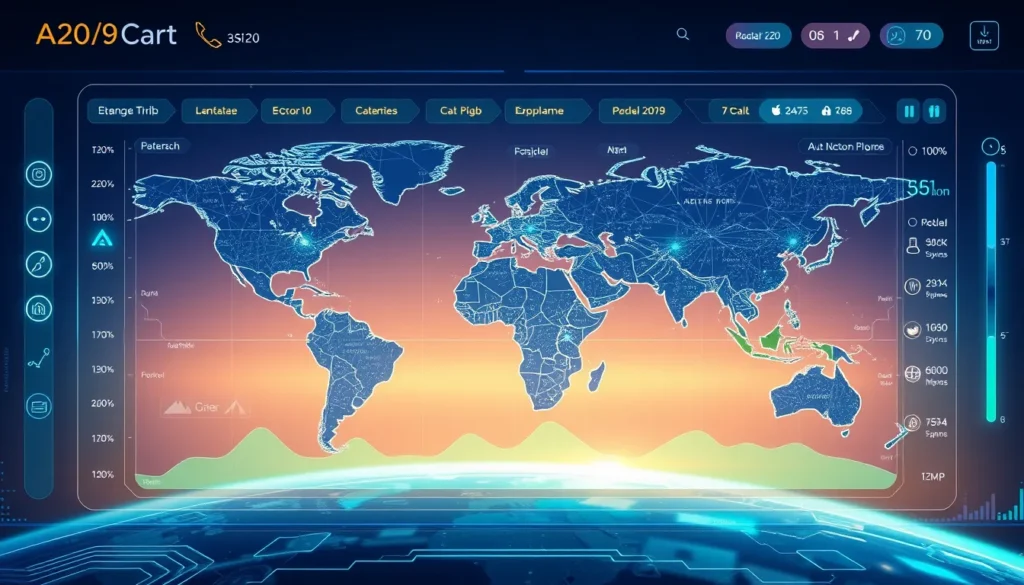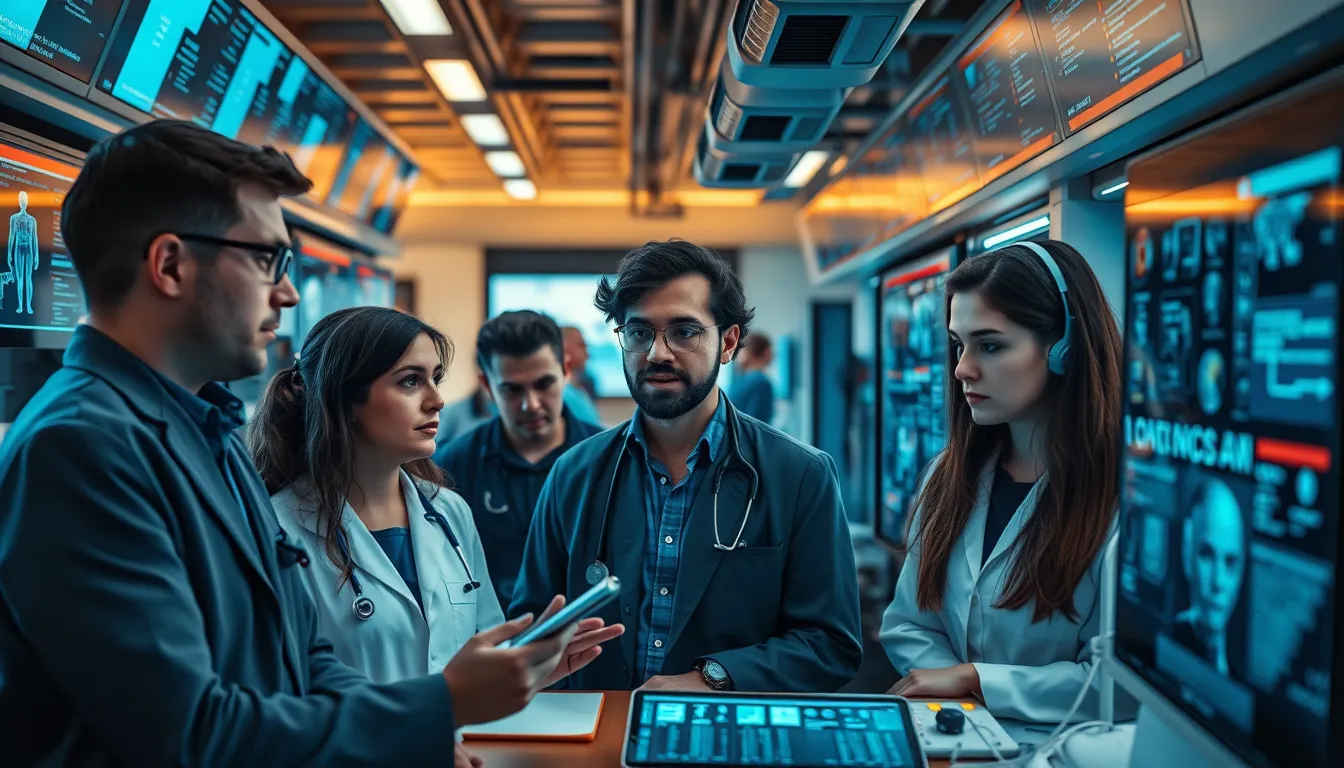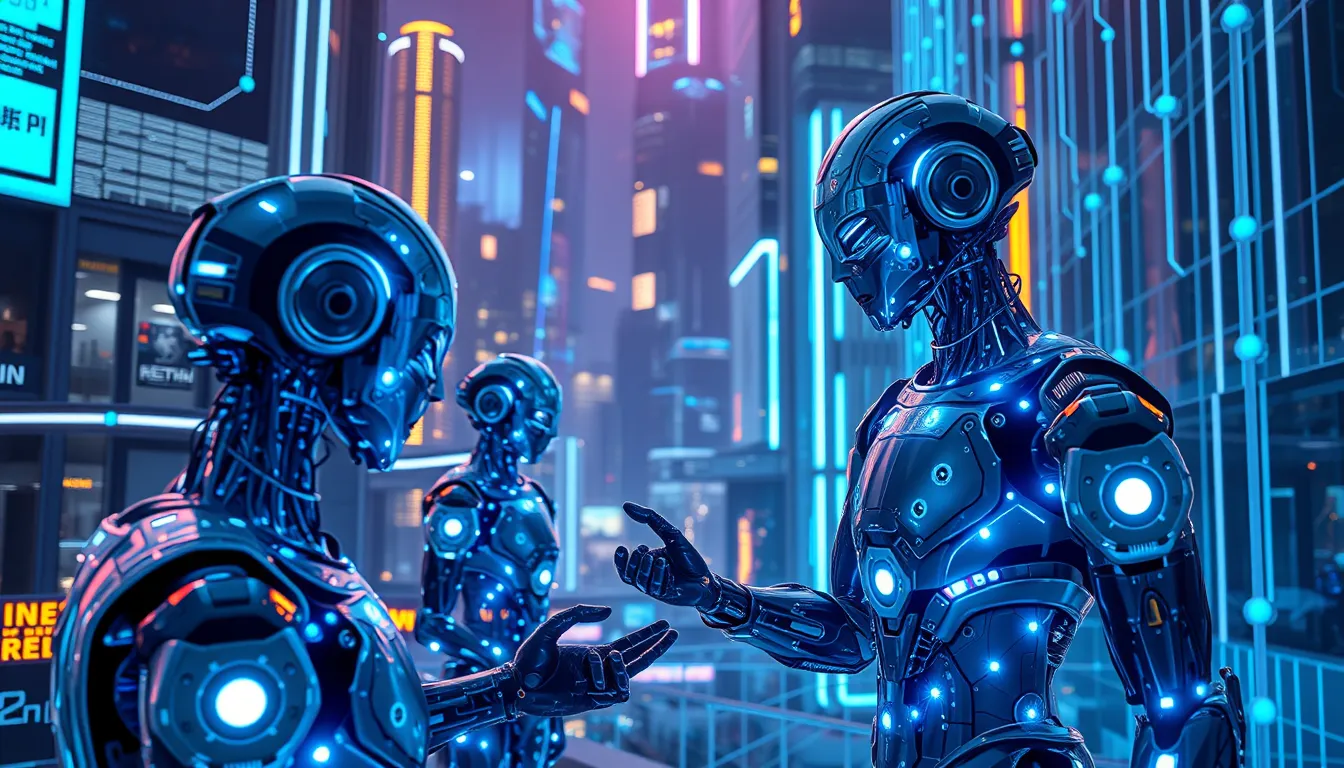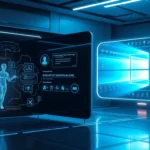Now Reading: Meta V-JEPA 2 Robotics Breakthrough
-
01
Meta V-JEPA 2 Robotics Breakthrough
Meta V-JEPA 2 Robotics Breakthrough
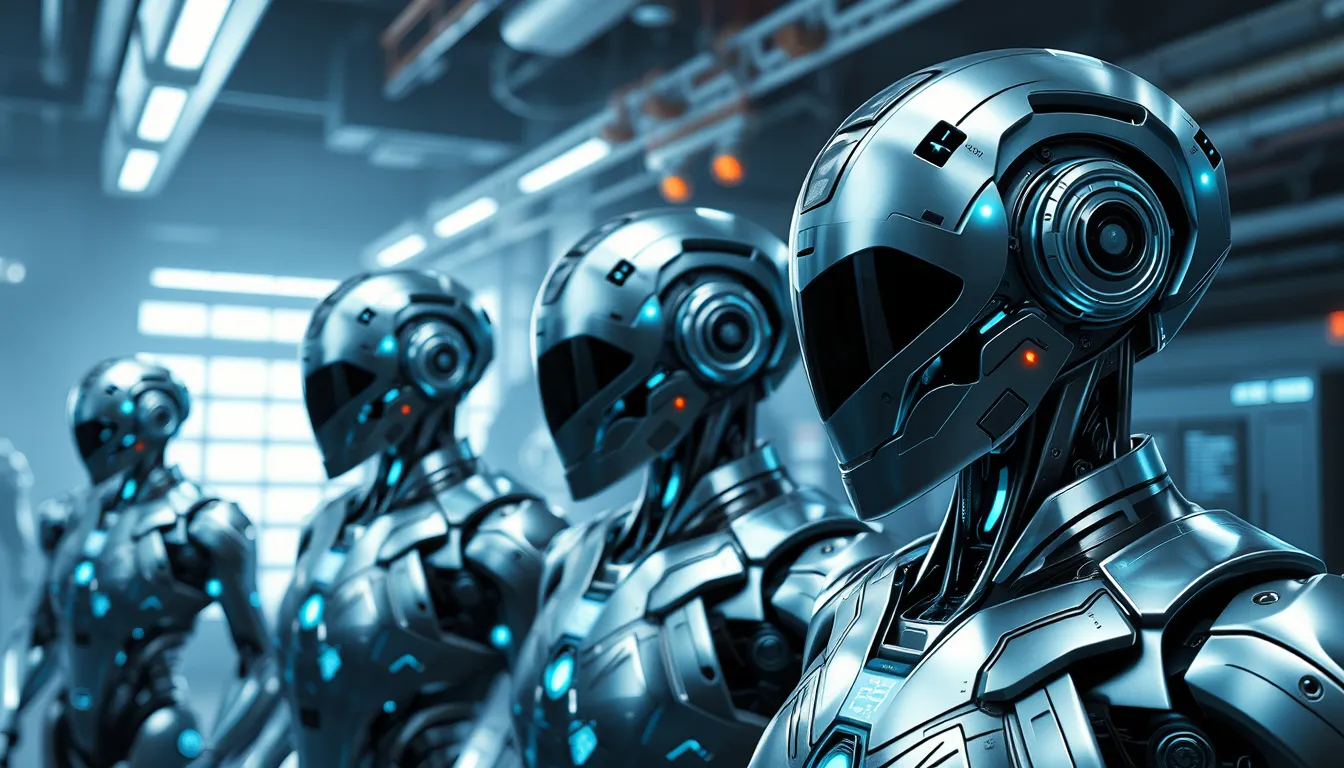
Meta V-JEPA 2 Robotics Breakthrough
Meta V-JEPA 2: Revolutionizing Robotics with Advanced AI
In today’s rapidly evolving technological landscape, the emergence of the Meta V-JEPA 2 robotics breakthrough is reshaping the future. Developed by Meta, this cutting-edge system leverages advanced self-supervised learning techniques to empower robots with unprecedented spatial awareness, machine perception, and autonomous navigation capabilities. This transformation is not only streamlining operations in industrial settings but also paving the way for more intuitive human-robot interactions.
Meta V-JEPA 2 Robotics Breakthrough
At its core, the Meta V-JEPA 2 project is built to push the boundaries of how robots interpret and navigate complex environments. Relying on advanced self-supervised learning in robotics, the technology enables machines to learn without constant human intervention, using vast amounts of unlabelled data to internalize physical and spatial nuances. This breakthrough is essential for applications where precision and dynamic adaptability are critical.
Innovative Self-Supervised Learning and Spatial Awareness
One of the standout features of Meta V-JEPA 2 is its focus on self-supervised learning. This capability allows robots to:
- Learn from unlabelled data by analyzing patterns in light, texture, and shape.
- Develop a refined spatial awareness to accurately assess object dimensions and mass distribution.
- Adapt in real time to changes within their environment, ensuring safer and more efficient operations.
The improved spatial awareness for precision tasks offered by this technology means that robots can now execute complex maneuvers whether in a manufacturing plant or in a healthcare setting. For instance, in precision manufacturing, robots can determine the optimal way to handle delicate components, minimizing error rates and ensuring high product quality.
Enhanced Capabilities in Autonomous Navigation and Machine Perception
Beyond learning and spatial assessment, Meta V-JEPA 2 is engineered for superior autonomous navigation. Robots interpreting complex environments is no longer a futuristic concept but a present-day reality, thanks to this system’s ability to process sensory input and predict object behavior. The mechanism behind this includes:
- Real-time environmental scanning that feeds into autonomous decision-making processes.
- Adaptive algorithms that modify navigation strategies on the fly, ensuring the robot responds appropriately to unexpected obstacles.
- Integration of machine perception principles to correlate multiple data sources for a comprehensive understanding of surroundings.
These innovations are particularly valuable in dynamic settings, such as crowded urban spaces or active industrial floors, where the ability to navigate safely and efficiently can lead to significant improvements in both productivity and safety.
Applications and Future Opportunities
The implications of the Meta V-JEPA 2 robotics breakthrough extend far beyond conventional robotics. Its applications include:
- Adaptive robot navigation in dynamic environments: Robots can now recalibrate their pathways instantly, adapting to new challenges and terrain changes.
- Meta V-JEPA 2 human-robot interaction: Enhanced machine perception enables a smoother integration with human teams, offering support in tasks ranging from complex assembly lines to personalized healthcare assistance.
- Advanced self-supervised learning in robotics: This drives forward academic and industrial research in the field, focusing on scalable and intelligent systems that can self-improve over time.
The evolution of Meta V-JEPA 2 paves the way for a future where machines are not only tools but collaborative partners. With enhanced spatial awareness for precision tasks and the ability to perform adaptive navigation, robots are now better equipped to assist in environments that demand high reliability and precision.
Overcoming Challenges and Expanding Capabilities
While the Meta V-JEPA 2 system represents a significant leap, it also encourages us to explore further enhancements. Some challenges remain, such as refining algorithms to handle even more complex scenarios and ensuring that the system can operate seamlessly across diverse industrial and domestic applications.
Current research is also focused on developing strategies for robots to interpret complex environments more effectively. The long-tail keyword robots interpreting complex environments captures the essence of ongoing innovations that seek to improve machine perception. As these systems evolve, professionals anticipate that robots will soon be able to analyze and interact with their environments with human-like intuition, drastically reducing the gap between human and machine collaboration.
Conclusion
In conclusion, the Meta V-JEPA 2 robotics breakthrough is a game-changer in the realm of artificial intelligence and robotics. By combining advanced self-supervised learning, enhanced spatial awareness for precision tasks, and adaptive robot navigation in dynamic environments, the system is set to revolutionize multiple industries. As these innovations continue to mature, we can expect robots to not only perform routine tasks but to also engage in complex decision-making processes that foster improved human-robot interaction. The future of robotics is here, with Meta leading the charge in creating smarter, more responsive autonomous machines that promise to redefine efficiency and safety across diverse sectors.
With Meta’s commitment to innovation and continuous improvement, the transformation of robotics through the Meta V-JEPA 2 technology is just beginning. As both industrial and consumer applications expand, this revolutionary system will undoubtedly play a critical role in shaping the future of artificial intelligence and machine perception.




